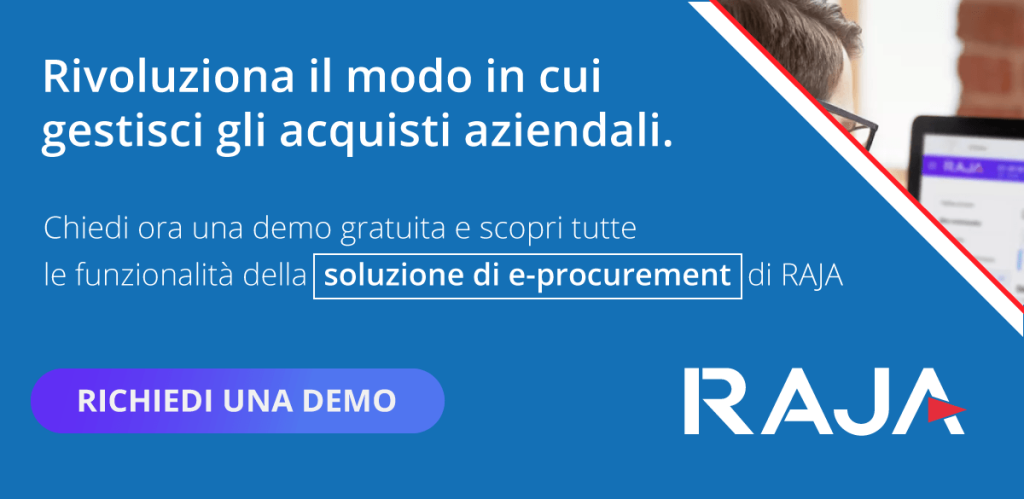Gone are the days when negotiating an agreement between a customer and a supplier was seen as a tug-of-war fought only on price and destined to leave a winner and a loser on the field each time.
Procurement and corporate procurement experts now agree in emphasising the value of strategic negotiationthat is, aimed at building long-lasting relationships and ensuring that from each contract signed both parties can declare themselves satisfied. This is not only an ethical choice: according to Harvard Law School, negotiators with a cooperative style are more successful in negotiations than those who only know how to ‘play hardball’ and are more successful than others in finding agreements deemed best by both parties.
How to start negotiating: prepare and clarify your ideas
A fundamental premise of any negotiation is preparation. That is, for a confrontation on an equal footing with our suppliers, we must make sure that we have all the information necessary to get a complete picture of the situation.
This means knowing the strengths and weaknesses of our counterparty and its offer, being aware of the advantages and disadvantages of possible alternatives, being clear about our needs and those of our supplier, i.e. what we have to gain from a deal and what we can give up instead. In the words of the Harvard School, we must focus on interests rather than positions.
Easy to say, harder to do, however. To clarify ideas, negotiation experts suggest thinking in terms of Batna, Watna and Zopa. No fear: behind these acronyms lie simple concepts. The first two respectively indicate the Best Alternative To a Negotiated Agreement and the Worst Alternative To a Negotiated Agreement, i.e. the best and worst alternative to the negotiated agreement available to us and our counterparty. Also useful to establish the reserve price (i.e. the minimum amount the supplier intends to sell for and the maximum the customer is willing to pay).
Setting these ‘stakes’ helps to draw the perimeter of the Zone of possible agreementthe field in which it is possible to reach different but mutually beneficial.

Negotiation: not only prices
The selling or buying price of a product is certainly the main ground on which every negotiation is played out, but it is not the only one. The possibility of obtain payment extensions (or, conversely, offer advances) can be a key lever for successful negotiations. An important resource for understanding how best to play our game with a supplier can be an analysis of its balance sheet, particularly on parameters such as cash flow (or cash flow) or margins.
For example, if our supplier earns a limited margin on sales of goods compared to the competition, all other things being equal he may be less willing to discount, but more willing to grant deferred payments.
From reading the balance sheet and company reports of our supplier, we may also derive information on the hourly cost of the work performed, the number of employees, and so on. Information that, together with that on the average cost of raw materials This information, together with the average cost of the raw materials used for the products we are interested in, can help us better evaluate a quotation, allowing us to understand how far we can go in our counterproposal.
A few tricks for negotiating with suppliers
Finally, we must not forget that negotiation is a human activityin addition to business needs, it must also satisfy those involved emotionally and from a relational point of view.
So here are a few tricks that Harvard Law School says it is a good idea to follow in order to conclude negotiations that gratify our interlocutor and do not make him experience the negotiation phase with frustration.
- Make concessionsbut remember that it is better to communicate the good news in several steps and the bad news at once.
- Delay a little the moment of approval of a proposal: too quick an OK may lead your counterpart to regret not having asked for more.
- For the same reason, do not exaggerate in your enthusiasm when signing an agreementyour supplier may think that you have obtained more advantages than he has.
After the negotiation: Raja’s e-procurement solutions
After negotiating on prices, it is important to set all conditions for future purchases. In Raja’s case, there is a turnkey solution. It is a service of e-procurement service customised for each customer, where preferred products can be ordered and purchased at negotiated prices.















